BrazilDry (Brazil)
The BrazilDry experiment is a forest restoration project and a tree biodiversity experiment that looks into the effects of tree diversity and tree facilitation on ecosystem resistance to desertification, carbon sequestration, soil quality and fauna colonization. It was established on a former degraded farmland in the National Forest of Açu Federal Reserve, in the semi-arid Caatinga tropical forest, in July 2016.
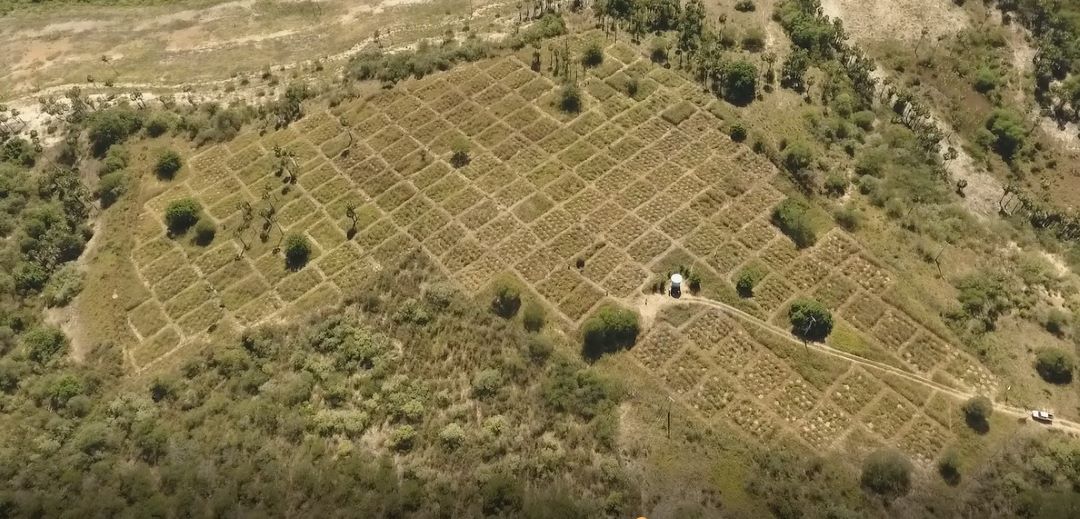 |
| July 2017 (drone picture) |
Design
The different community compositions were defined following a random partition design to assign random tree species assemblages to the plots. Tree species richness was 0 (control, no planting), 1 (monocultures), 2, 4, 8, or 16. The communities differed in the level of facilitation, calculated based on the Community Weighted Mean of the facilitation index (RII) for each of the 16 tree species planted. Each community composition was replicated at least 3 times.
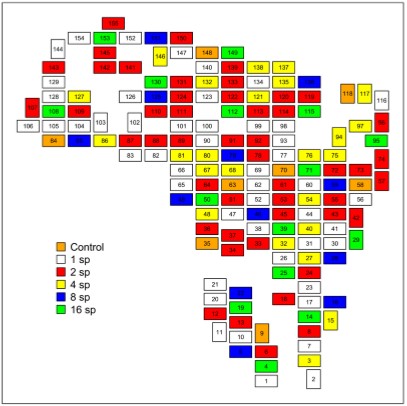 |
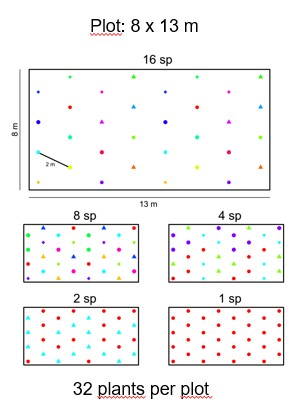 |
| The layout of the 155 plots within the site, and the planting layout of the 32 trees within the plots. | |
Site characteristics
| location | Açu, Northeast Brazil |
|---|---|
| former land use | agriculture (10 years abandoned) |
| altitude | 23 m |
| soil type | Eutrophic Litholic Neosol |
| area | 3.3 ha |
| no of plots | 155 |
| plot size | 8 m x 13 m |
| no of trees planted | 4800 |
| planting date | July 2016 |
| diversity variables | species richness |
| diversity gradient | 0, 1, 2, 4, 8, 16 sp. |
| size species pool | 16 |
| species pool | Amburana cearensis Anadenanthera colubrine Aspidosperma pyrifolium Bauhinia cheilantha Cochlospermum vitifolium Combretum leprosum Commiphora leptophloeos Cynophalla hastata Handroanthus impetiginosus Libidibia ferrea Mimosa tenuiflora Piptadenia stipulacea Pityrocarpa moniliformis Poincianella gardneriana Pseudobombax marginatum Ziziphus joazeiro |
| contact persons | Gislene Ganade |
Research
The overall goal of the experiment is to develop new restoration techniques to recover degraded dry tropical forests and fight desertification. Hence, the main aim of the experiment is to understand how species diversity and facilitation processes can influence desertification resistance and ecosystem functioning of restored forests. We will quantify desertification (soil exposure), biomass, soil erosion, soil compaction, canopy cover, and fauna colonization.
Extra information
Send an e-mail to the contact person, visit the website of the experiment or explore the publications:
- Messier C, Bauhus J, Sousa-Silva R, Auge H, Baeten L, Barsoum N, Bruelheide H, Caldwell B, Cavender-Bares J, Dhiedt E, Eisenhauer N, Ganade G, Gravel D, Guillemot J, Hall JS, Hector A, Hérault B, Jactel H, Koricheva J, Kreft H, Mereu S, Muys B, Nock CA, Paquette A, Parker JD, Perring MP, Ponette Q, Potvin C, Reich PB, Scherer-Lorenzen M, Schnabel F, Verheyen K, Weih M, Wollni M, Zemp DC (2021) For the sake of resilience and multifunctionality, let's diversify planted forests! Conservation Letters e12829 - https://doi.org/10.1111/conl.12829
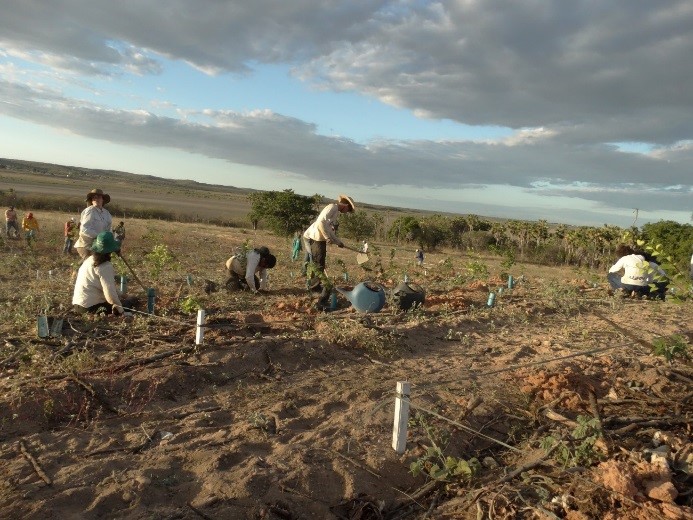 |
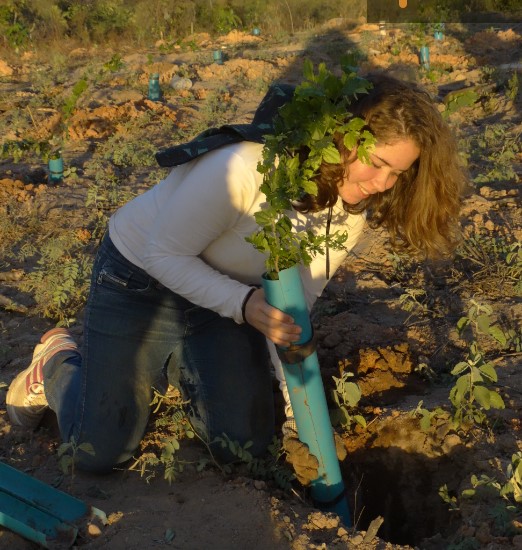 |
| Planting the experiment (Jul 2016) |
|
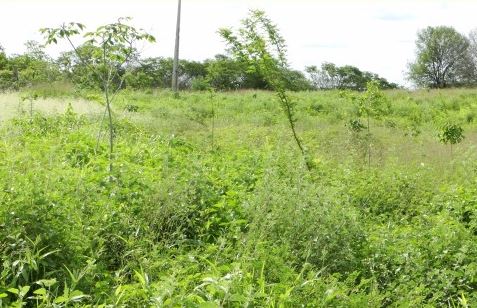 |
|
| Outstanding survival (73.5 % - expectation was 30 %) at the start of the rainy season (Mar 2017) |
|
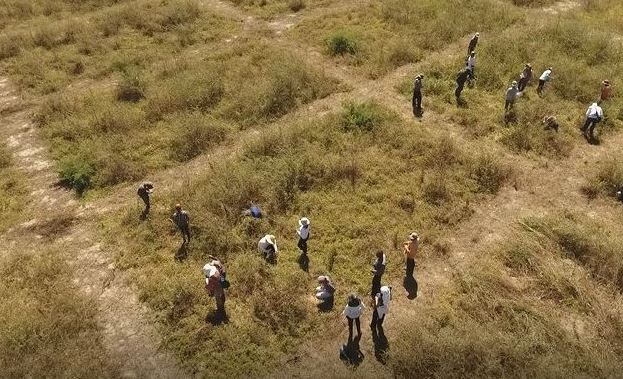 |
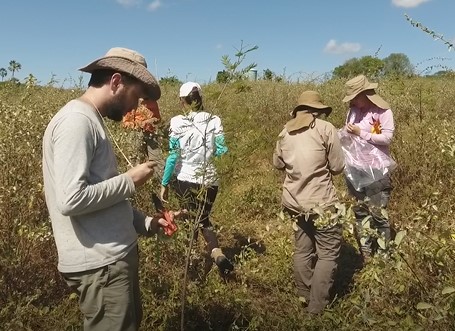 |
| Monitoring the experiment (Jun 2017) | |
